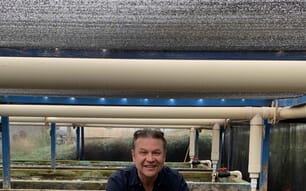It comprises of a) ten case studies on feeding and feed management practices carried out in seven selected countries of Asia and Africa for eight species that belong to four major farmed species of freshwater finfish and shellfish; b) an analysis of the findings of the above ten case studies and a separately published case study for Indian major carps carried out in India; c) ten invited specialist reviews on feed management practices from regional and global perspectives; and d) an overview of the current status of feed management practices.
The country-specific case studies were carried out for Nile tilapia (Oreochromis niloticus) in China, Thailand, the Philippines, Egypt and Ghana; Indian major carps [rohu (Labeo rohita), catla (Catla catla) and mrigal (Cirrhinus cirrhosus)] in India and Bangladesh, giant river prawns (Macrobrachium rosenbergii) in Bangladesh, striped catfish (Pangasianodon hypophthalmus) and whiteleg shrimp (Litopenaeus vannamei) in Viet Nam and black tiger shrimp (Penaeus monodon) in India.
The broad thematic areas that were addressed in these case studies and invited reviews are: i) current feed types (including fertilizers) and their use in semi-intensive and intensive farming systems; ii) on-farm feed production and management; iii) feeding and feed management strategies, feed procurement, transportation and storage; iv) environmental, economic, regulatory and legal frameworks of feeding and feed management practices; and iv) identification of research needs.
Based on the information presented in the eleven case studies, ten specialist reviews and from other relevant publications, an overview paper presents concluding remarks and recommendations on some of the major issues and constraints in optimizing feed production, use and management.
May 2014



